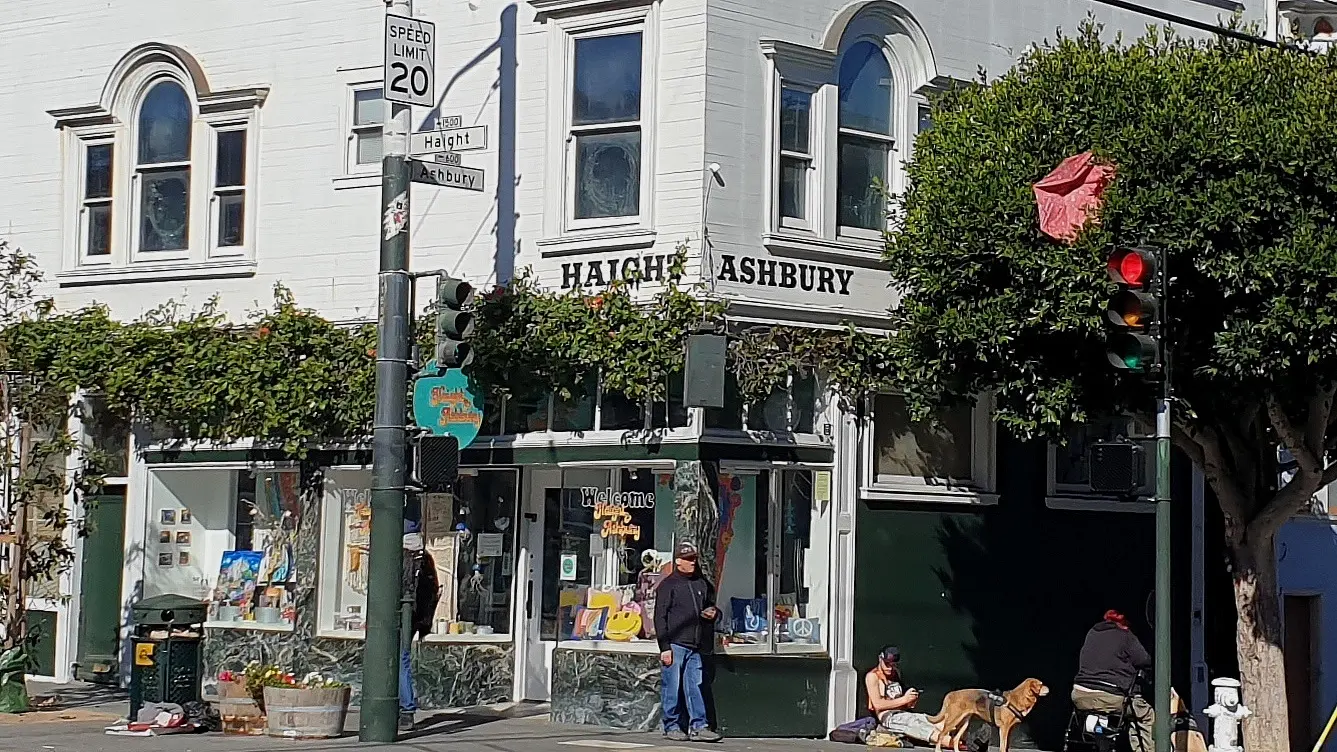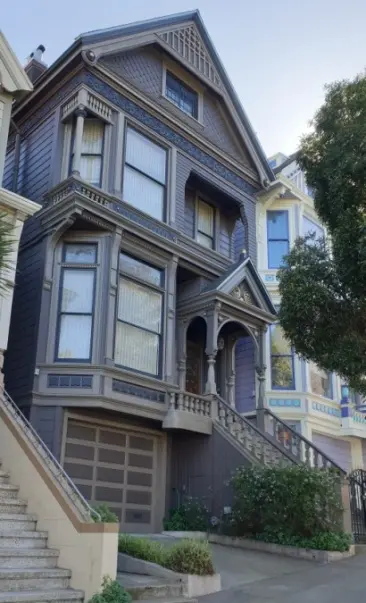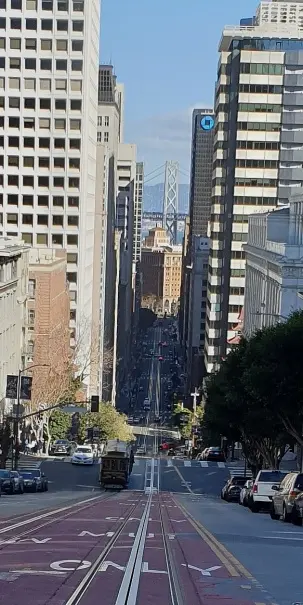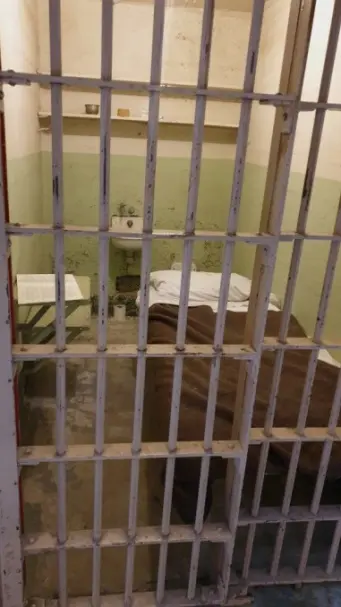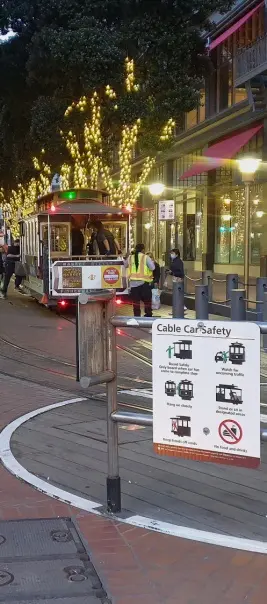Destinations of Potential Interest #
THE HIPPIE TRAIL #
The Hippie Trail was one of the most famed international travel routes of the last century. It was a journey undertaken by members of the hippie counterculture, largely from the mid 60s to the mid-late 70s.
Start points were major cities in Western Europe, notably London and Amsterdam. The route meandered overland to northern India, where it branched into a variety of end-points, including Goa, Kathmandu, Bangkok and Sri Lanka.
Unfortunately, in practical terms, much of the trail is now inaccessible, not least Afghanistan, Iran and the Indian/Pakistani border.
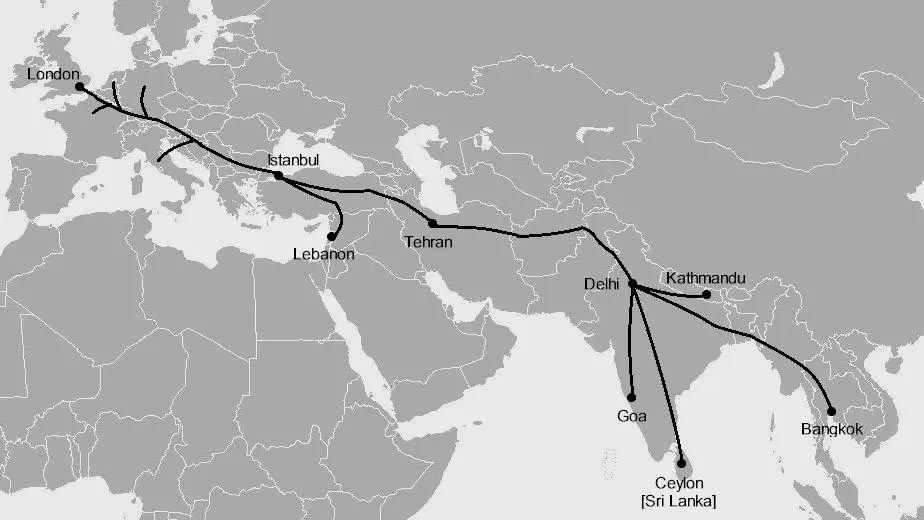
The hippie lifestyle often embraced drugs, particularly psychedelics and hashish, and most of these locations offered an abundance, certainly of the latter. The drugs have now largely gone, at least in terms of their legal use, but the hippies left a cultural mark on many of these places which still exists today.
There is no doubt that the Hippie Trail retains a unique place in historical drug folklore. The following photographs were taken at some of the most fabled and iconic destinations, along with brief descriptions of some of them.

Freak Street, Kathmandu

The Beatles Cathedral, Rishikesh

Betel leaves in Sri Lanka
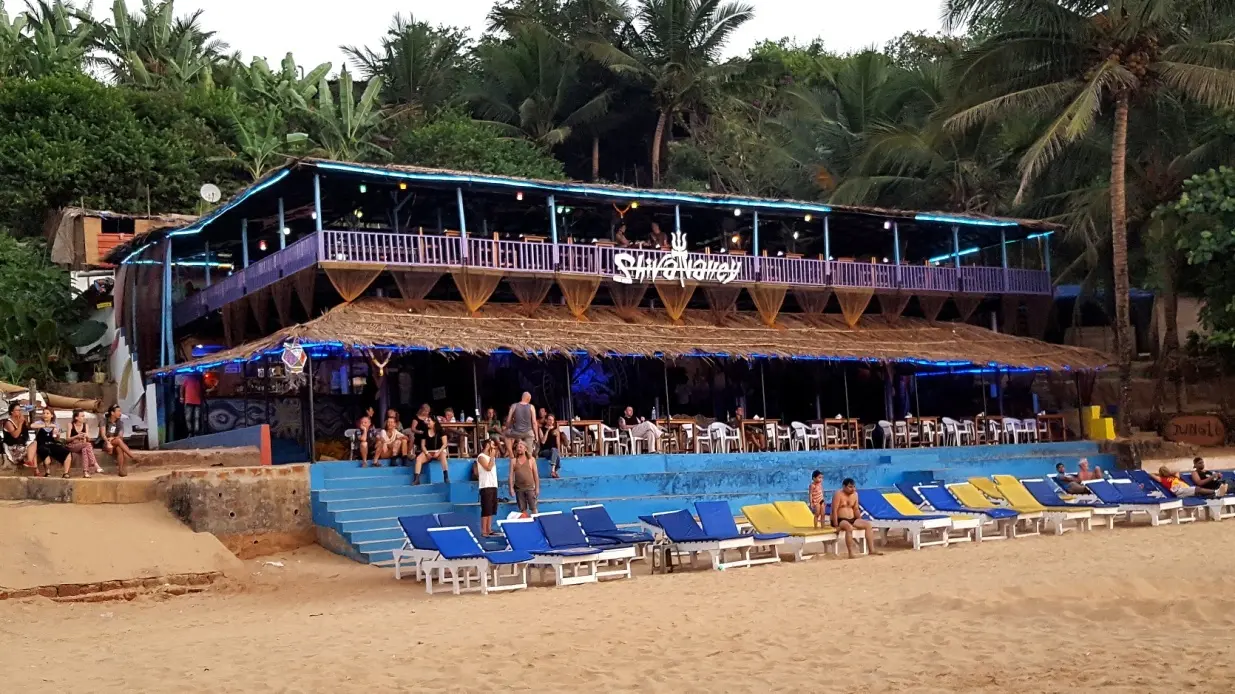
Shiva Valley, Goa
Kathmandu #
Freak Street in Kathmandu was the location of a number of government-run hashish shops. It wasn’t far from here that I found the best hash I have ever sampled.
It probably goes without saying that Kathmandu is an absolutely stunning place to visit, with or without the hash.
Varanasi #
Picturesque it is, and most people are familiar with images of the ghats by the side of the Ganges. It is, however, also another end-point of the hippie-trail. For the discerning drug tourist there is far more to it than meandering along the banks of this most famous of rivers. A high-point (pun intended) is that bhang lassi is legal here, and is served openly throughout the city. I chose The Green Lassi Shop, and boy did I overdo it (see earlier). The point here is that edibles can bite hard, and I have found that the hash in this part of the world is almost invariably very high quality.
Of course, as with so often the case in Asia, if a stim is your thing you can find betel nuts with relative ease. Other psychoactives can be found here and there.
It’s one of those places in which you can still run across links to the hippies of old, and more of the tourists here are like-minded than is generally found in other iconic destinations.
As is usually the case in India it is a friendly but full-on experience, which tends to have many wealthy or middle-class travellers hiding in their hotels or herded in groups. If you ever make it there, don’t do this. Let yourself go and you will be rewarded with a full and awesome memory bank.
Goa #
Not only was Goa an end destination of the hippie trail, which is still evidenced in various places by the presence of hippie clothes and other cultural reminders, but it is the point of origin of Goa trance, a style of electronic dance music, from which psychedelic trance developed. This was to become global phenomena, and indeed a number of venues, such as Hilltop and Shiva Valley, became internationally famous.
Rishikesh #
Rishikesh is probably best known as the yoga capital of the world. Whilst this may set the scene, there is far more to it; including the Beatles ashram, Hindu/Buddhist culture and vegetarian food… all along the banks of the sacred Ganges.
What more could you want? Drugs I guess, which were probably within reach, particularly cannabis given its ancient connection to Hinduism. Whilst I didn’t score any conventional drugs I did experience shirodhara (the pouring of hot/cold oils onto my forehead, over the pineal gland). The resultant psychedelic flashes were as weird as they were unexpected, but they were real enough for me to document in this book.
Overall Rishikesh left such an impression that I have visited India many times since, and will be doing so again in the future. If you ever get the chance to visit, take it.
Bangkok #
Whilst Bangkok has developed massively since the original hippie trail emerged, some reminders remain. For example Khao San Road is still a popular destination for backpackers, the countless temples still provide a serene and contrasting vibe, flea markets are numerous and accommodation for independent travellers spans the city. Drugs these days are of course harder to find and the risks of falling foul of draconian laws should not to be ignored. Note though that at time of writing (2022) both cannabis and kratom are legal, with the former being openly and widely available.
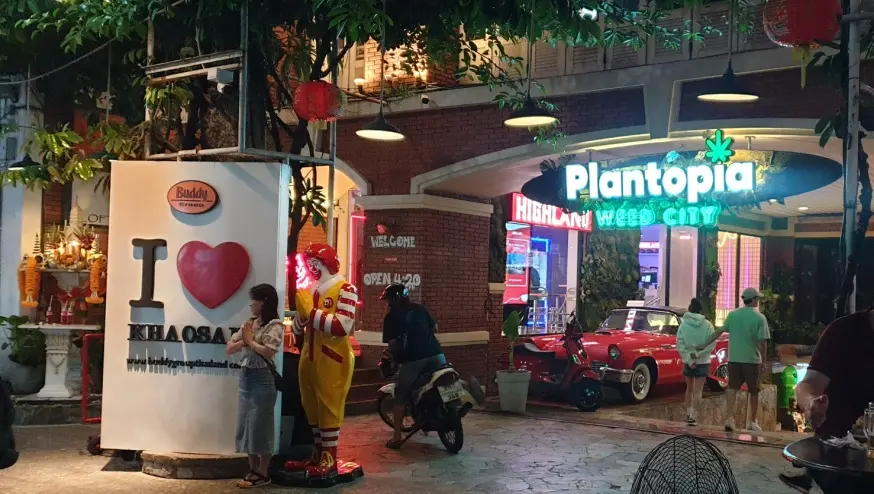
Khao San Road
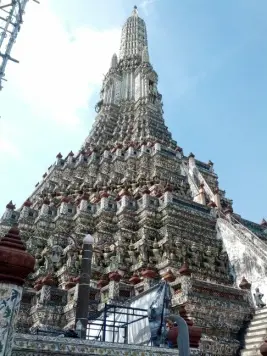
Wat Arun
NINE MILE, JAMAICA #
Weed is currently legal in Jamaica, which is something I took full advantage of on arrival. However, the highlight of my expedition was undoubtedly a visit to Bob Marley’s mausoleum at Nine Mile.
The trip up there is difficult, inclusive of winding almost single-track roads, sometimes with death defying drops to the side. However, the locale itself presented both views and a wealth of material on Bob and his music; and of course with plenty of reference to cannabis.
Outside the gate his (allegedly) favourite, sensimilla, was on sale, plus edibles in the form of chocolate cake. This was amongst the best weed I have ever sampled, but I consider myself lucky not to have gone with the cake: it was so strong that one young woman couldn’t take the combination of the high altitude and high THC, and she collapsed on an exhibit.
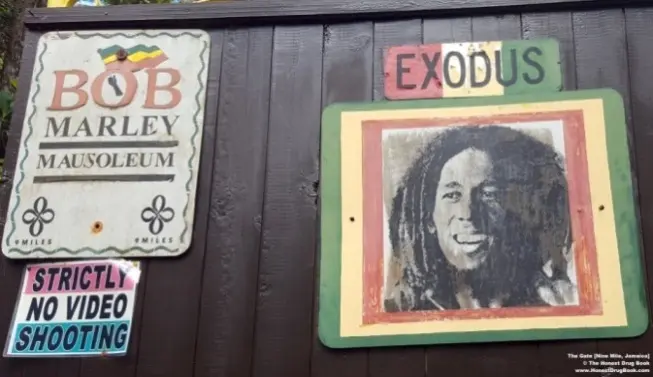
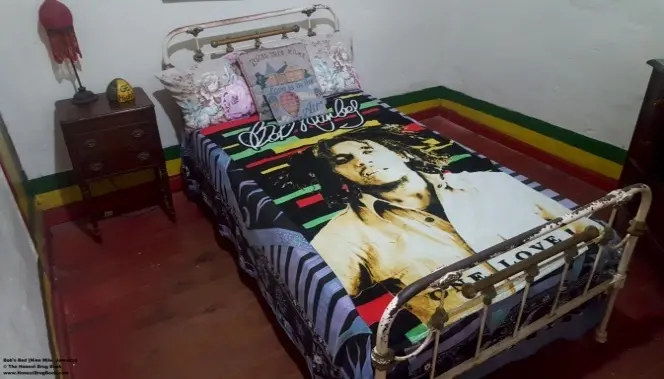
This is undoubtedly an iconic drug related tourist destination, and is well worth the effort of getting there.
CUSCO, PERU #
The two places most people tend to visit for an ayahuasca experience are Cusco and Iquitos in Peru. I chose the former.
The experience itself was of course undertaken at a nearby retreat, but the city itself was a worthy destination in its own right, and not just because of its proximity to Machu Picchu.
There were hints of psychedelia in a number of locations there, as well as imagery and art clearly influenced by the ayahuasca experience on sale. It was also hard to miss that bookings for ayahuasca ceremonies could be made locally via numerous well-signed outlets, and that the place was well stocked with vegetarian and vegan restaurants.
Another local delicacy was coca, in the form of leaves, from which cocaine is of course derived. This had a minor stimulating effect, but I personally consumed it in a failed attempt to avoid altitude sickness. A little harder to find, but there nonetheless, was the opportunity to sample san pedro cactus, which only the aforementioned illness prevented me from indulging.
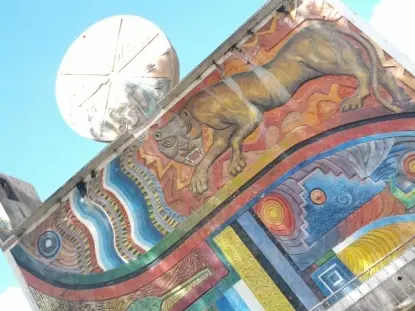

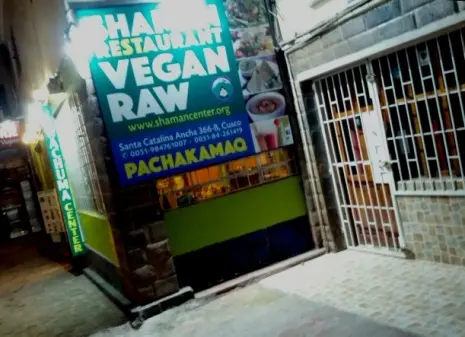
PRAGUE, CZECH REPUBLIC #
Prague has historically been a centre for alchemy, and indeed, it is home to the UNESCO Heritage site, Speculum Alchemiae, which is a dedicated museum. It is also home to the John Lennon wall. He liked his LSD did our John, so I suspect that he’d have liked how trippy this turned out. This has been there since the 1980s.
Given that it is the capital of the Czech Republic, it isn’t surprising that Prague has a Bohemian vibe to it. It also seems to be relaxed with respect to drugs, with Vice reporting that: *“Weed is widely tolerated, and there are some bars where the smell will hit you as soon as you walk by. People also generally get away with smoking on the street, as long as they don’t exhale directly into a cop’s face—though it is still illegal, of course, and there’s no guarantee that you won’t get into trouble if you catch an officer on a bad day.”
Another speciality is absinthe, with dedicated bars and even absinthe ice cream dotted around the centre. Absinthe of course contains the (mildly) psychoactive plant, wormwood (which is covered in this book).
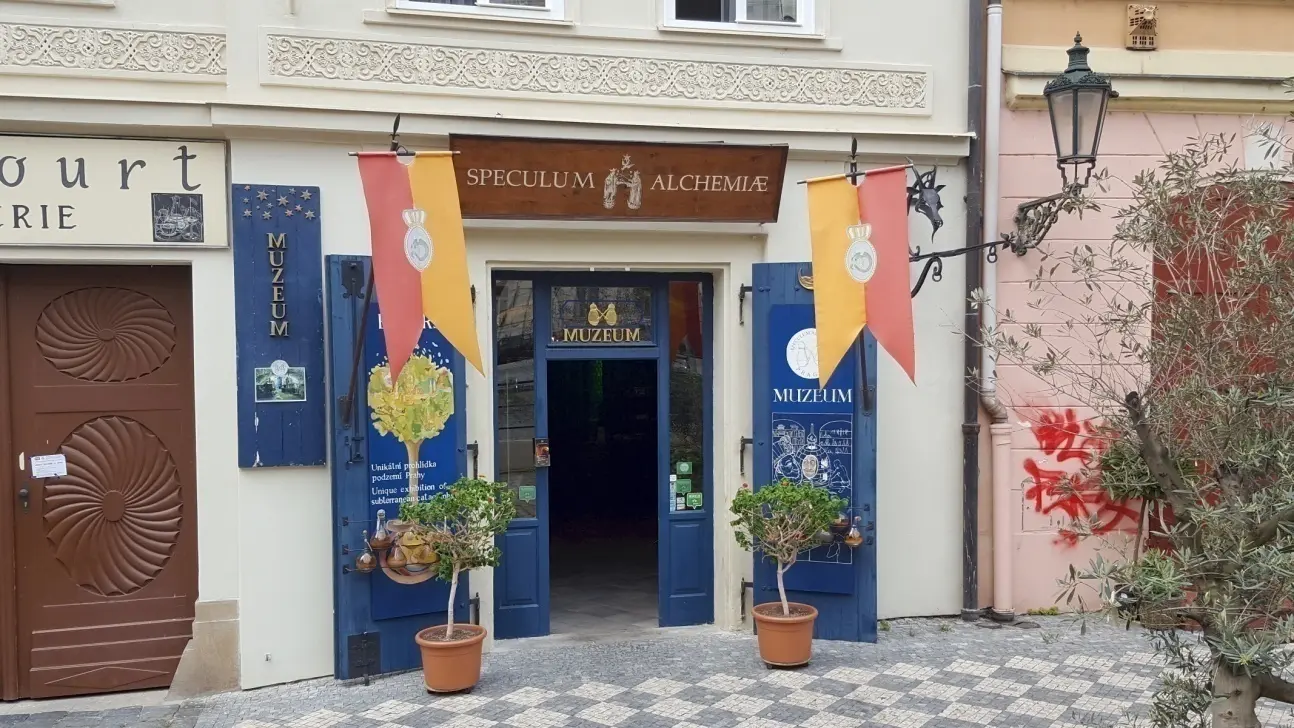
Museum of Alchemy
SOUTH EAST ASIA #
Although this is no longer a place to engage, due to particularly barbaric drug policies, I managed to sneak in a magic mushroom experience whilst they were still legal in Bali (Indonesia). During their heyday they were not only sold openly, but were glaringly advertised.


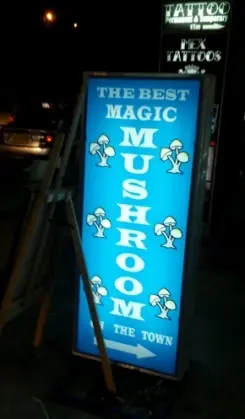
On my visits to cities like Chiang Mai (Thailand) and Mandalay (Myanmar), betel nuts were the name of the game, particularly in the former, where street vendors were a common sight.

FREETOWN CHRISTIANIA, COPENHAGEN, DENMARK #
Wikipedia’s rather dry entry describes Christiania in the following terms: “Freetown Christiania, also known as Christiania, is an intentional community and commune in the Danish capital city of Copenhagen. It began in 1971 as a squatted military base. Its Pusher Street is famous for its open trade of cannabis, which is illegal in Denmark“
I found it to be a vibrant colourful and lively place, with workshops, art studios, market stalls, a range of food and drink outlets, and more, all presented in an alternative cultural setting. And of course cannabis was very much available, with park and spare land on hand in which to chill (if engaging).
It lacks the scale of, say, Amsterdam, as does Copenhagen itself, but there is certainly a good few hours to be spent here for the discerning drug tourist.
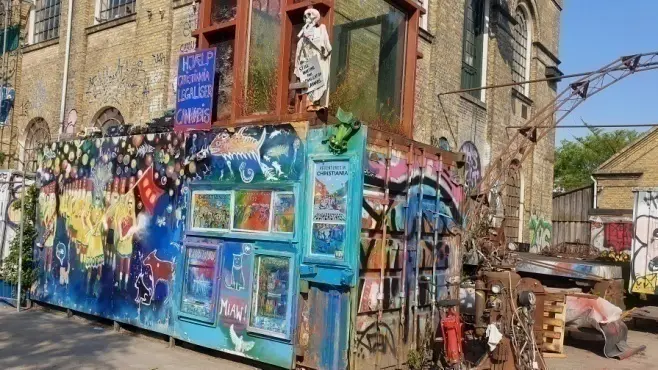
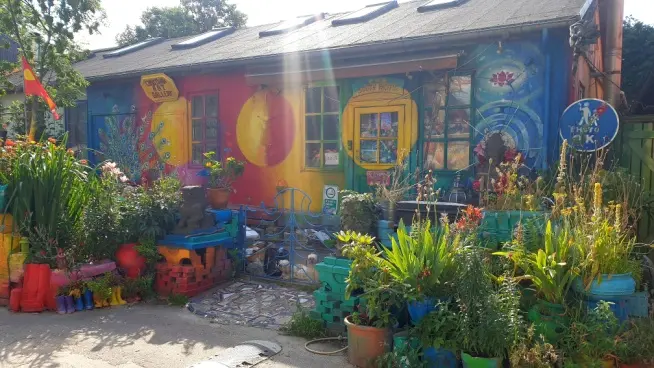
SAN FRANCISCO, USA #
San Francisco was the last of my research destinations, although it should arguably have been the first given its pivotal position during the years of the counter culture revolution. This was centred in the Haight-Ashbury district, but there is more to the city than a hippy vibe and the associated landmarks which reflect an era in which everything seemed to be possible.
At time of writing recreational cannabis is currently legal, with retail outlets dotted here and there. Indeed, the pungent odour of the weed is at times hard to escape on busy streets. Kratom is openly advertised and sold, and there are a couple of kava bars, which unfortunately were closed due to COVID-related issues.
For trippers there are a variety of art galleries and walks, and if lucky, a ride over the bridge with Scott McKenzie’s timeless San Francisco playing in the cab. Street graffiti adds colour, but as with so many US cities, the number of homeless and drug-afflicted individuals currently casts a tragic shadow over any visit.
Nonetheless, San Francisco is something of a must-do, particularly for that connection to a bygone age.
